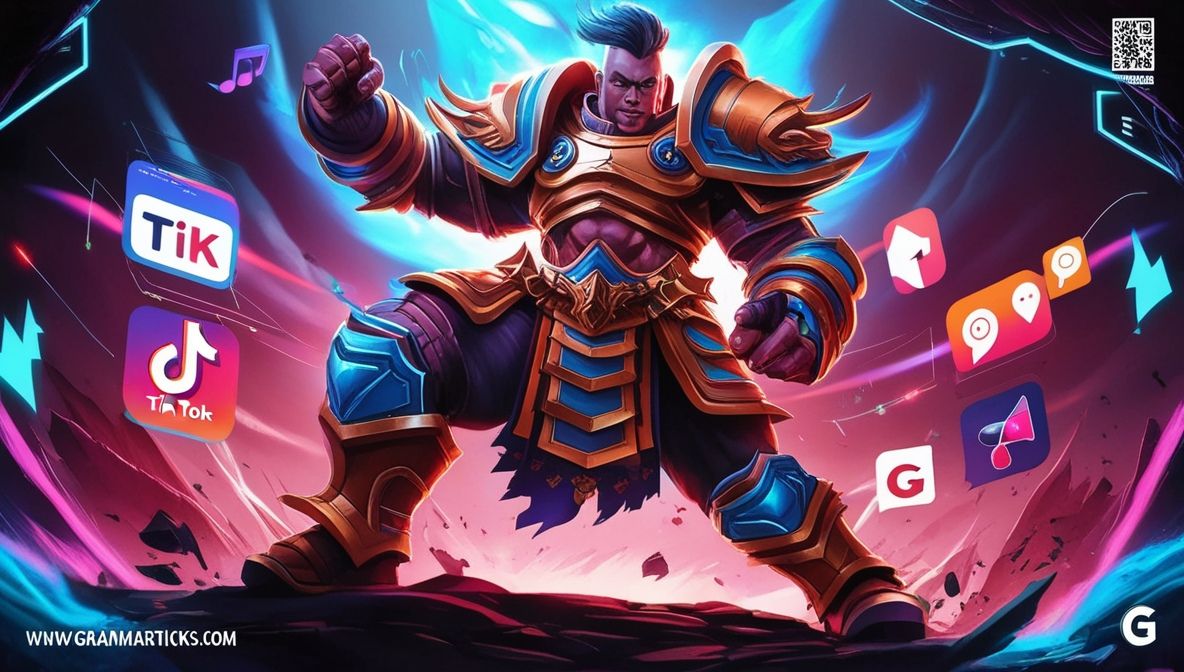In early 2025, a podcast clip featuring Ali C. Lopez exploded online, birthing a viral storm known as “Gorlock the Destroyer.” What began as an offbeat comment quickly morphed into a full-blown internet phenomenon, sparking waves of TikTok virality, meme culture, and intense debates around trans visibility, body positivity, and online identity. Within hours, the clip inspired fan edits, remixes, and a cascade of Jabba the Hutt comparisons that turned satire into something much deeper.
More than just a fleeting joke, Gorlock the Destroyer became a lens for examining how digital culture handles fame, identity, and ridicule. The story captured a generation’s struggle between empowerment and exploitation.
The Podcast Clip That Started It All
It began with Ali C. Lopez on a livestream, confidently dropping the line that triggered millions of shares: “fat f-ing 10,” followed by comparisons that painted them as “Gorlock the Destroyer.” What seemed like absurd humor caught fire fast. In hours, TikTok edits, gaming memes, and remixes flooded the algorithm.
From Jabba to Hero: Internet’s Reaction and Ridicule
What came next was a storm of Jabba the Hutt comparisons, bizarre fan art, and exaggerated Star Wars-style edits. Some leaned into cruelty, others into creativity. This chaotic blend of Star Wars satire, dark humor, and fantasy tropes blurred the line between mockery and myth.
Ali C. Lopez Takes Back the Narrative
Instead of shrinking under pressure, Ali stepped up. They addressed the meme with humor and honesty, reclaiming their image while spotlighting trans rights and self acceptance. Fans rallied behind them, shifting the tone of the conversation from insult to icon.
Monetization and Meme Ethics
Soon, the meme entered the influencer economy. Merch, partnerships, livestream branding it all took off. But not all of it was respectful. Many profited from Ali’s image without consent, sparking criticism about meme monetization and where the ethical line lies in viral fame.
The Burden of Trans Visibility Online
Going viral isn’t always a win. For Ali, the attention brought waves of online harassment. The internet’s obsession with trans bodies created a toxic loop: fame mixed with bullying, representation mixed with ridicule. It exposed how heavy the weight of trans visibility can be.
When Satire Turns to Trolling
As the meme grew, so did the backlash. What started as silly edits turned into targeted hate disguised as humor. It showed how quickly absurdity in meme culture can mutate into full-blown internet trolling especially when it involves marginalized voices.
Gorlock as a Symbol of Queer Resilience
Despite the noise, the community flipped the script. Gorlock became a symbol of queer resilience, embraced in zines, cosplay, and digital art. It evolved into a celebration of gender expression, unconventional beauty, and claiming space unapologetically.
What We Learned from Gorlock in 2025
This wasn’t just about one person or one meme. It revealed how easily the internet can twist a moment into a movement. It forced us to ask hard questions: Who gets to go viral? Who profits from it? And what does real digital empowerment look like?
FAQs
What is Gorlock the Destroyer?
A viral nickname from a livestream that became a symbol of both ridicule and empowerment online.
Who is Ali C. Lopez?
A content creator and trans woman who responded to the meme with grace, humor, and advocacy.
Why did this meme become controversial?
It blended humor with mockery and raised questions about representation, consent, and online bullying.
Final Words
Gorlock the Destroyer started as a meme, but it grew into something much bigger. It showed how fast the internet can turn a person into a symbol. For Ali C. Lopez, it brought both support and hate. But through it all, they stayed strong and proud. This story isn’t just about one viral moment. It’s about how we treat people online and what we choose to laugh at. In the end, Gorlock the Destroyer became a voice for change, confidence, and being yourself no matter what.

